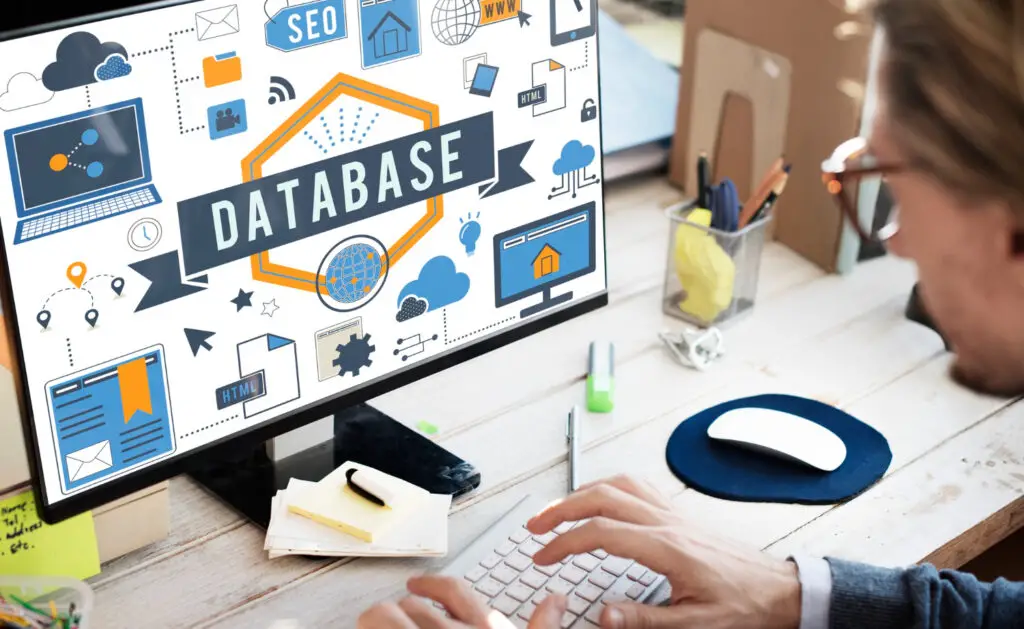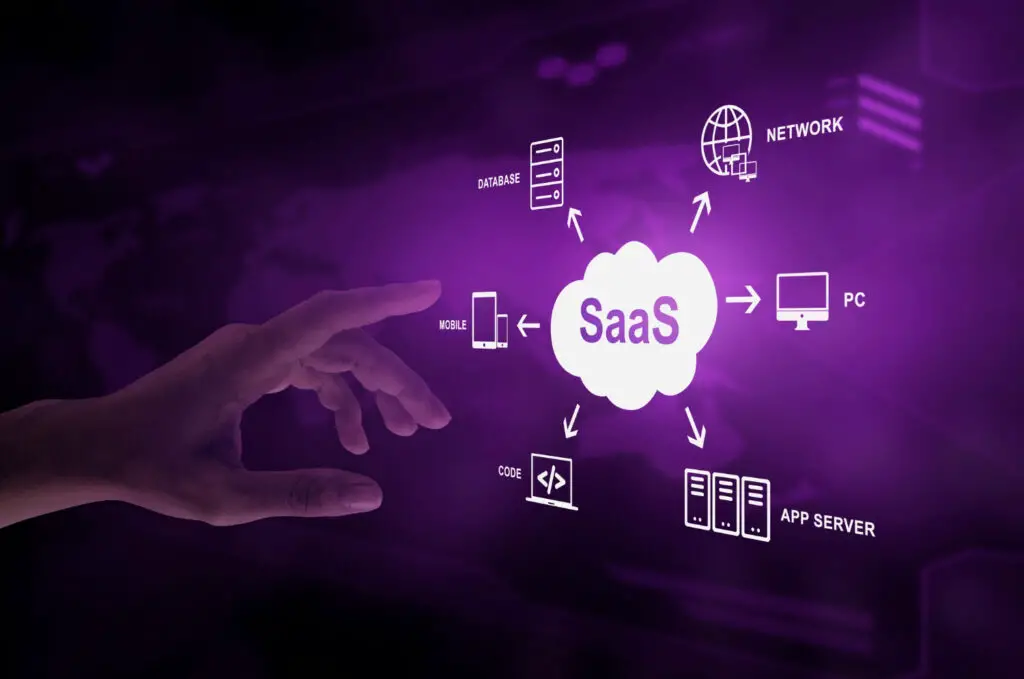Efficiency is paramount in business today. Outdated legacy tools can hinder your company’s agility, scalability, and overall performance. Transitioning to modern, efficient systems not only streamlines operations but also positions your business for future growth. This guide explores the steps and considerations necessary to successfully ditch legacy tools and embrace MACH technology to enhance your business operations.
What Are Legacy Tools?
Legacy tools are outdated software and hardware systems that are often no longer supported or updated. They may still function, but lack the features, security, and integration capabilities of modern solutions. Clinging to legacy tools can lead to inefficiencies, increased costs, and security vulnerabilities.
The Case for Modernization
- Improved Efficiency: Modern tools automate tasks, reduce manual input, and streamline workflows, leading to significant time savings and improved productivity.
- Enhanced Security: Legacy systems are often more vulnerable to cyberattacks due to outdated security measures. Modern tools come with robust security features that protect your data and operations.
- Better Integration: Modern solutions offer better integration with other software and platforms, enabling seamless data flow and collaboration across different departments.
- Scalability: Newer tools are built to scale with your business, allowing you to quickly and easily add users, features, and capabilities as your business grows.
- Cost Savings: Although transitioning to modern tools requires an initial one-off investment, the long-term cost savings from increased efficiency, reduced maintenance, and lower risk of security breaches can be substantial.
Introduction to MACH Technology
MACH technology stands for Microservices, API-first, Cloud-native, and Headless. This modern architectural approach offers significant advantages over traditional monolithic systems.
- Microservices: This approach breaks down applications into more easily manageable and independent services that can be developed, deployed, and scaled separately.
- API-first: An API-first approach means designing and developing APIs before creating the application. This ensures seamless communication between services.
- Cloud-native: Cloud-native applications leverage cloud computing resources, providing scalability, flexibility, and resilience.
- Headless: Headless architecture decouples the front-end presentation layer from the back-end logic, allowing developers to create flexible and dynamic user interfaces.
How MACH Drives Business Efficiency
- Enhanced Flexibility and Agility: MACH architecture’s modular nature allows businesses to make changes and updates rapidly without disrupting the entire system. This is important as it enables businesses to respond quickly to any sudden market changes and customer demands.
- Able to Scale: With cloud-native applications, businesses can scale their operations effortlessly. MACH-enabled systems can handle increased traffic during peak times without compromising performance.
- Improved Customer Experience: Headless architecture allows businesses to deliver tailored and engaging user experiences across various channels and devices. It can lead to higher satisfaction levels and, in turn, boost loyalty.
- Cost Efficiency: MACH architecture can significantly reduce operational costs. Cloud-native applications eliminate the need for expensive on-premises hardware and reduce maintenance costs. The API-first approach and microservices enable a pay-as-you-go model, ensuring that businesses only pay for the resources they use.
- Seamless Integration: An API-first approach ensures seamless integration with third-party services and existing systems. This allows for the creation of a robust ecosystem that supports business growth.
- Future-proofing: MACH architecture is designed to be future-proof, ensuring that businesses can easily adopt new technologies and frameworks as they emerge.
Steps to Ditch Legacy Tools
1. Assess Your Current Systems
Inventory Your Tools: Create a comprehensive list of all legacy tools that are currently in use across your organization, including software, hardware, and custom-built systems.
Identify Pain Points: Evaluate the performance of each tool and identify inefficiencies, bottlenecks, and issues impacting your operations. Gather feedback from employees who use these tools daily.
Cost Analysis: Look into the total cost of ownership (TCO) of your legacy tools, including maintenance, support, and downtime costs. Compare this with the potential costs of modern solutions.
2. Define Your Requirements
Business Goals: Align your modernization efforts with your business goals. Determine what you want to achieve with new tools, such as increased productivity, improved security, or better customer service.
Feature Requirements: Identify the specific features and functionalities your new tools must have, considering automation, integration capabilities, user-friendliness, and scalability.
Compliance Needs: Ensure that any new tools meet industry regulations and all compliance requirements that are relevant to your business.
3. Research and Select Modern Solutions
Market Research: Research the market to find modern solutions that meet your requirements. Check out reviews, case studies, and real-life testimonials to gauge the effectiveness of each option.
Demo and Trials: Request demos and trial periods for shortlisted solutions to evaluate their performance in real-world scenarios and get feedback from your team.
Vendor Assessment: Assess potential vendors for reliability, customer support, and ongoing development. Choose vendors that have a proven track record and a commitment to continuous improvement.
4. Plan Your Transition
Develop a Transition Plan: Create a detailed transition plan that outlines the steps, timeline, and resources needed for the migration, including risk management strategies to address potential challenges.
Data Migration: Plan for the safe and secure migration of data from legacy systems to new solutions. Ensure data integrity and minimize downtime during the transition.
Training and Support: Provide training for employees to make sure they’re comfortable and proficient with the new tools. Offer ongoing support to address any issues that arise during the transition.
5. Implement and Optimize
Phased Rollout: Consider a phased rollout to minimize disruptions. Start with a pilot group, gather feedback, and make necessary adjustments before a full-scale implementation.
Monitor Performance: Continuously monitor the performance of the new tools and gather feedback from users. Use this data to identify areas for improvement and optimize processes.
Regular Updates: Keep your systems up to date with regular software updates and patches. Stay informed about new features and enhancements that can further improve efficiency.
Overcoming Challenges
- Change Resistance: Employees may resist changes to familiar systems. Address this by clearly communicating the benefits of new tools and involving employees in the transition process. Provide training and support to ease the transition and highlight success stories to build enthusiasm.
- Budget Constraints: Transitioning to modern tools requires investment. Build a strong business case that highlights the long-term cost savings and efficiency gains to secure budget approval. Consider phased investments to spread out the costs and demonstrate quick wins.
- Data Security: Data migration poses security risks. Work with IT experts to ensure secure data transfer and implement robust security measures in new systems. Conduct thorough testing and have contingency plans in place to protect sensitive information.
Conclusion
Ditching legacy tools and embracing MACH technology is crucial for improving business efficiency, security, and scalability. By carefully assessing your current systems, defining clear requirements, selecting the right solutions, and planning a smooth transition, you can unlock significant benefits for your organization. Overcoming challenges and learning from success stories will help you to navigate the modernization journey and achieve your business goals.
Investing in MACH today sets the foundation for a more efficient, competitive, and successful future. With the right approach, you can transform your operations, delight your customers, and drive sustainable growth.










0 Comments